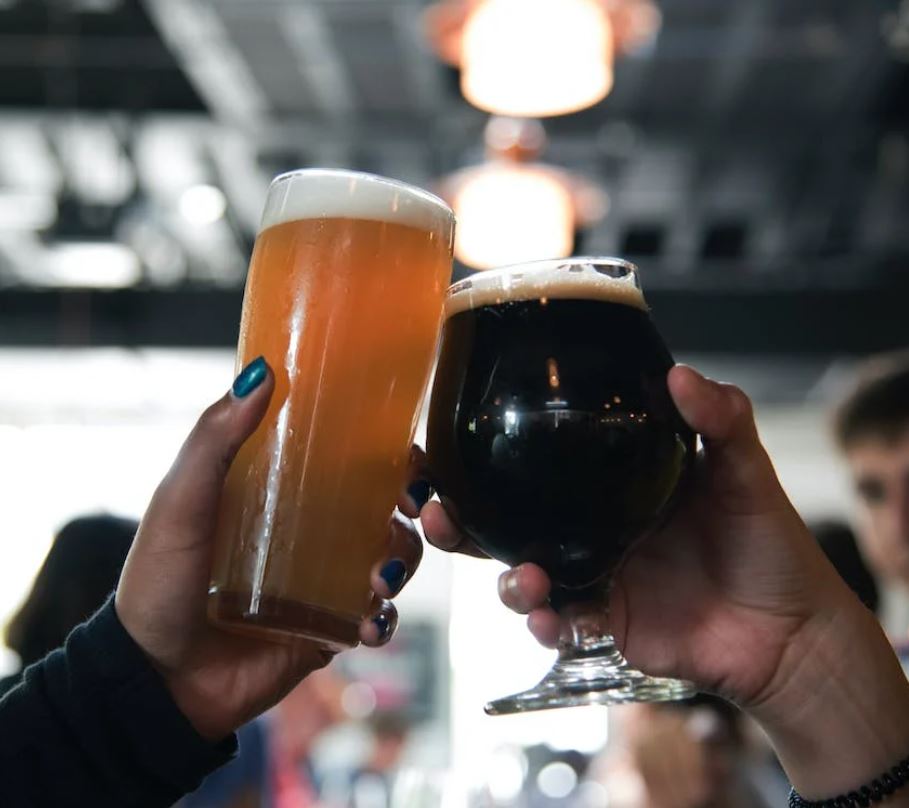
Are the numbers telling us anything about craft Beer post pandemic
Introduction
The craft beer industry has experienced significant growth over the past few decades, with a burgeoning number of breweries and a dedicated following of beer enthusiasts. However, the COVID-19 pandemic brought unprecedented challenges, forcing breweries to adapt and persevere. As the world gradually recovers from the pandemic, it is important to analyze the numbers and trends within the craft beer industry to gauge its post-pandemic trajectory. Are the numbers telling us anything about the future of craft beer?
Home Consumption Boom
During the pandemic, with restrictions on social gatherings and closure of bars and restaurants, the craft beer industry had to rely heavily on off-premise sales. Consumers turned to local breweries and online platforms to purchase beer for home consumption. The numbers reveal a surge in alcohol delivery and online sales, indicating the growing popularity of craft beer for enjoying at home. This trend is likely to continue even post-pandemic, as many consumers have developed a newfound appreciation for drinking quality beer in the comfort of their own homes.
Digital Innovation
The lockdowns and social distancing measures pushed many breweries to accelerate their digital presence. Craft breweries quickly embraced online ordering, virtual tastings, and social media interactions to maintain relationships with their customers. The numbers reflect the industry's adaptability, as digital innovation allowed breweries to reach a larger audience and promote their offerings effectively. Moving forward, breweries that continue to invest in their online presence and utilize technology to engage consumers will likely see continued success.
Community Support
One of the most heartening aspects of the pandemic's impact on the craft beer industry was the unwavering support from local communities. Many consumers actively sought to support their favorite local breweries, recognizing the immense challenges they faced. The numbers reveal a surge in direct-to-consumer sales and beer delivery, emphasizing the importance of community involvement in the craft beer ecosystem. This increased support is likely to persist, as consumers have developed a sense of loyalty and appreciation for their local breweries.
Taproom Experiences and Events
The closure of taprooms and cancellation of beer festivals and events severely impacted the revenue streams of many craft breweries. However, as restrictions loosen and vaccination rates rise, the numbers suggest a gradual return to normalcy. Breweries are witnessing an uptick in foot traffic as consumers eagerly return to taprooms for the social experience and unique offerings. Additionally, beer festivals are making a comeback, providing opportunities for breweries to showcase their beers to larger audiences once again. While recovery may take time, the numbers indicate that taprooms and events have a promising future in the post-pandemic craft beer landscape.
Conclusion
Analyzing the numbers in the craft beer industry post-pandemic reveals both challenges and opportunities. The surge in home consumption, digital innovation, community support, and the gradual revival of taproom experiences all indicate a resilient industry that has learned to adapt and evolve. While uncertainties persist, craft breweries that continue to prioritize customer engagement, maintain a strong online presence, and foster community connections stand a better chance of thriving in the post-pandemic era. As consumers embrace a new normal, the craft beer industry must be prepared to leverage these insights to shape its future and emerge stronger than ever.
Effective Strategies for Crisis Communication




